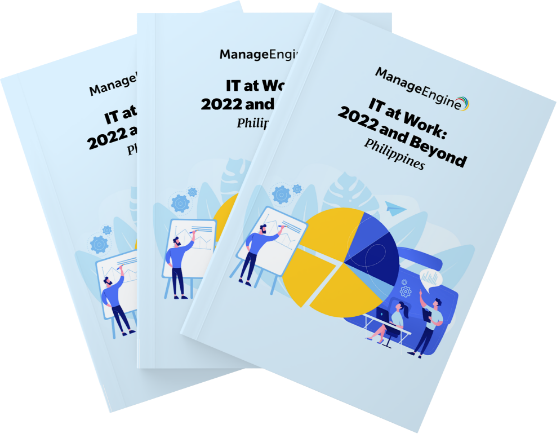IT at work:
2022 and beyond
Philippines
In the digital-first world, technology isn't just a supporting function but a vital player in an organization's success. This survey of thousands of executives and technology professionals examines the status, future, and risks of IT and technology use, specifically in large and
enterprise-sized organizations in the Philippines.
